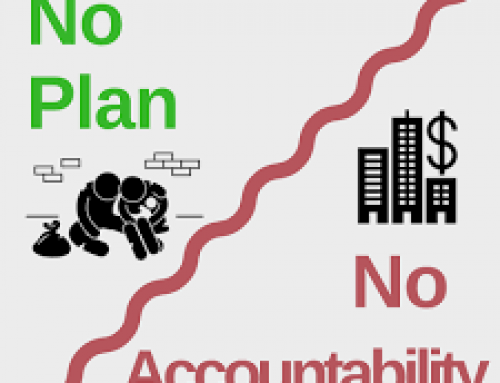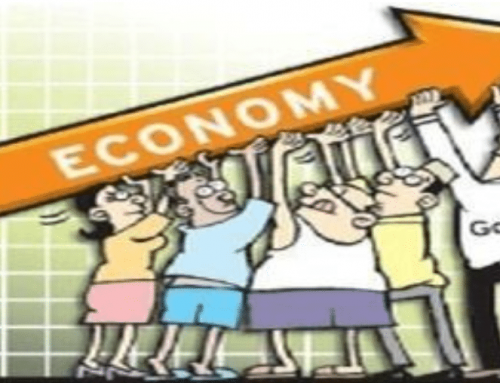August 24, 2015
By: Kelly Diamond, Publisher
 It’s pretty safe to say that Obamacare is a train wreck. Not that I ever held out hope that it would amount to anything other than that, but I certainly didn’t want it to cause the amount of misery and destruction that it has. It’s like being tied up to a chair in one room while your captor says, “Wait here while I deal with the folks in the other room.” There’s nothing I could do to stop him except wish he’d spare their lives and not be as cruel as I expect him to be.
It’s pretty safe to say that Obamacare is a train wreck. Not that I ever held out hope that it would amount to anything other than that, but I certainly didn’t want it to cause the amount of misery and destruction that it has. It’s like being tied up to a chair in one room while your captor says, “Wait here while I deal with the folks in the other room.” There’s nothing I could do to stop him except wish he’d spare their lives and not be as cruel as I expect him to be.
Every several months, new facets of the ACA roll out, and soon after that, new problems emerge.
The initial problem, prior to the enactment of this law, was that a certain percentage of people were uninsured. In theory, the ACA was meant to address that in some deficit neutral way. That number has dropped from approximately 16% to just under 10%.
Then people started getting letters telling them that the plan they wanted to keep, was no longer available. So they were kicked off their plans and needed to find a replacement immediately.
That replacement wasn’t as good as the plan they had, but was more expensive.
Then, people were told to enroll online, but the website didn’t work. So an exception was made to not fine those folks since it wasn’t their fault they couldn’t enroll in their healthcare plans.
When older folks lost their private plans, couldn’t afford their new plans, but were still ineligible for Medicare, an exemption was made allowing them to be eligible for the same plans as younger people.
The more affordable plans have a very limited network, so some people are paying very low premiums, but need to travel for hours to access in-network care. Apparently, it’s totally normal to limit the network when managed care programs are introduced.
Now that everyone has been forced onto a plan, those forced onto the state Medicaid programs could be leaving a legacy of debt for their heirs and children. That’s right. States like California will be seeking reimbursement from Medicaid participants’, who have passed away, extended families. It’s called an “Estate Recovery Program”.
“Obamacare ‘has raised the stakes significantly’ with more than 3.5 million Californians joining Medi-Cal since January 2014, bringing total enrollment to 12.1 million people, one in four more than 55 years of age. By [Emily] Bazar’s count, a full 80 percent of Medi-Cal enrollees are in managed care and subject to estate recovery. As she explains, ‘your post-death bill will automatically be based on the monthly payments made to your plan—whether you use any medical services or not.’” (Source: Independent Institute & Emily Bazar of California Health Care Foundation Center for Health Reporting)
I don’t like the idea of people being on welfare programs. I like even less people being forced onto them, through penalty of law. But I downright resent the idea of passing down the debt of that program to nonparticipating individuals who just happen to be family.
The violent contortions the ACA is willing to perform to keep this “deficit neutral” is becoming quite evident. While California is one of 10 states in the union that is seeking more than the federal minimum in compensation from Medicare enrollees, every state can do this.
So, in order to get everyone on some sort of insurance plan, what percentage of uninsured were thwarted onto a Medicare? Well, it depends if your state expanded its Medicaid program. Those that did expand it, got a hike in enrollment. Those that didn’t, have kept the enrollment at bay but have higher uninsured numbers.
“The Department of Health and Human Services announced Monday [February 23, 2015] 10.8 million low-income adults and children have enrolled in public health insurance since 2013, when the portion of the law involving the program took effect. The number represents an 18.6 percent increase in enrollment. Now, Medicaid and CHIP cover nearly 70 million people, or 1 in 5 people in the country.” (Source: US News and World Report)
I guess another tactic to keep this federally deficit neutral is to shift the costs onto the citizens and states. Pay… or else.
Also, now that everyone has been successfully forced onto some government approved plan to avoid being taxed or fined, and the premiums have adjusted for the new pool of insured folks, the plan will turn on them and fine them anyway for having TOO MUCH coverage!
Perhaps when people hear about those with “Cadillac Coverage” they think about incredibly rich people. And perhaps that would make sense if the world operated the way envious progressives thought it did. The truth is, a good number of incredibly rich people were among the uninsured. I mean, why pay for a policy if you have the means to pay for care? It’s cheaper just to pay for the care on an as-needed basis.
Insurance is supposed to be a means to pay for something you otherwise could not, in the unlikely event of something going wrong. So, for example, if you can’t afford the cost of repairs to your vehicle after an accident, or the cost to replace it, then you would pay for a policy that would cover that. If you’re filthy rich, there’s no need for insurance since you can cut the check right there and be done with it. Your bank account IS your insurance. It’s the same thing as putting 6 months of expenses away in the event that you get laid off, rather than relying on unemployment insurance. If you can already foot the cost of something going wrong, there’s really no point in a policy.
If you don’t make many claims, it’s more cost efficient to have a savings account than to pay monthly for a policy… which is what many rich people did, what many young people did, and what many healthy people did, often relying on a tax sheltered HSA (health savings account).
The days of health savings accounts are coming to a sad end; and so are the days of Cadillac policies.
Who does this affect? Here’s a hint: not necessarily the rich.
These upscale plans used to be a means by which an employer would woo good talent into their companies. Benefits sweeten the pot, and they are a nice little write off for the company. Win-win? Sadly, that’s what makes it a target for the federal government. Now, anyone who holds a policy that costs more than $10,200 for individuals or $27,500 for families is eligible for this excise tax.
The health care benefits that are counted include:
- Your employer’s contribution to your premium.
- Your share of the premium.
- Employer contributions and pretax employee contributions to tax-advantaged health care accounts such as flexible spending accounts (FSAs), health reimbursement accounts (HRAs) and health savings accounts (HSAs).
- Use of on-site medical clinics that provide more than minimal care.
This affects a LOT of government employees. Sure we know about the folks in congress who have always received premium healthcare, and they will be paying the tax; but so will other government employees such as teachers.
Oh but there’s more… this also affects a good number of union employees. Yes, the union went in and negotiated this sweet healthcare package for you! Just kidding. Since employers can no longer write off healthcare premiums above the $10,200 per year per individual mark, they will likely be reeling it in. This will result in higher out of pocket costs for those individuals.
“The increases to the excise tax thresholds are pegged to the Consumer Price Index [CPI], not to the rise in health care costs. As a result, more plans will hit the excise tax each year if health care inflation exceeds overall inflation.”
“There also are no adjustments for geography in the law, so plans in regions with high health costs – such as the Bay Area – will be more likely to be hit by the tax ‘simply because of where they’re located,’ says Laurel Lucia, an Affordable Care Act expert at UC Berkeley’s Center for Labor Research and Education.”
“Same goes for the health of your co-workers. ‘If someone is part of a workplace that has sicker employees, premiums are likely to be higher and the plan is more likely to be taxed,’ she says.”
Come 2018, and in the years leading up to it, the public and private sectors are going to get hit. Union and non-union alike will get hit. And because this is based on a CPI rather than factoring the rate of inflation, geography, or overall statistics of health in the industry, everyone will either get hit with this tax or be forced into being underinsured at a very high premium.
All these problems because 16% of Americans didn’t have insurance?




